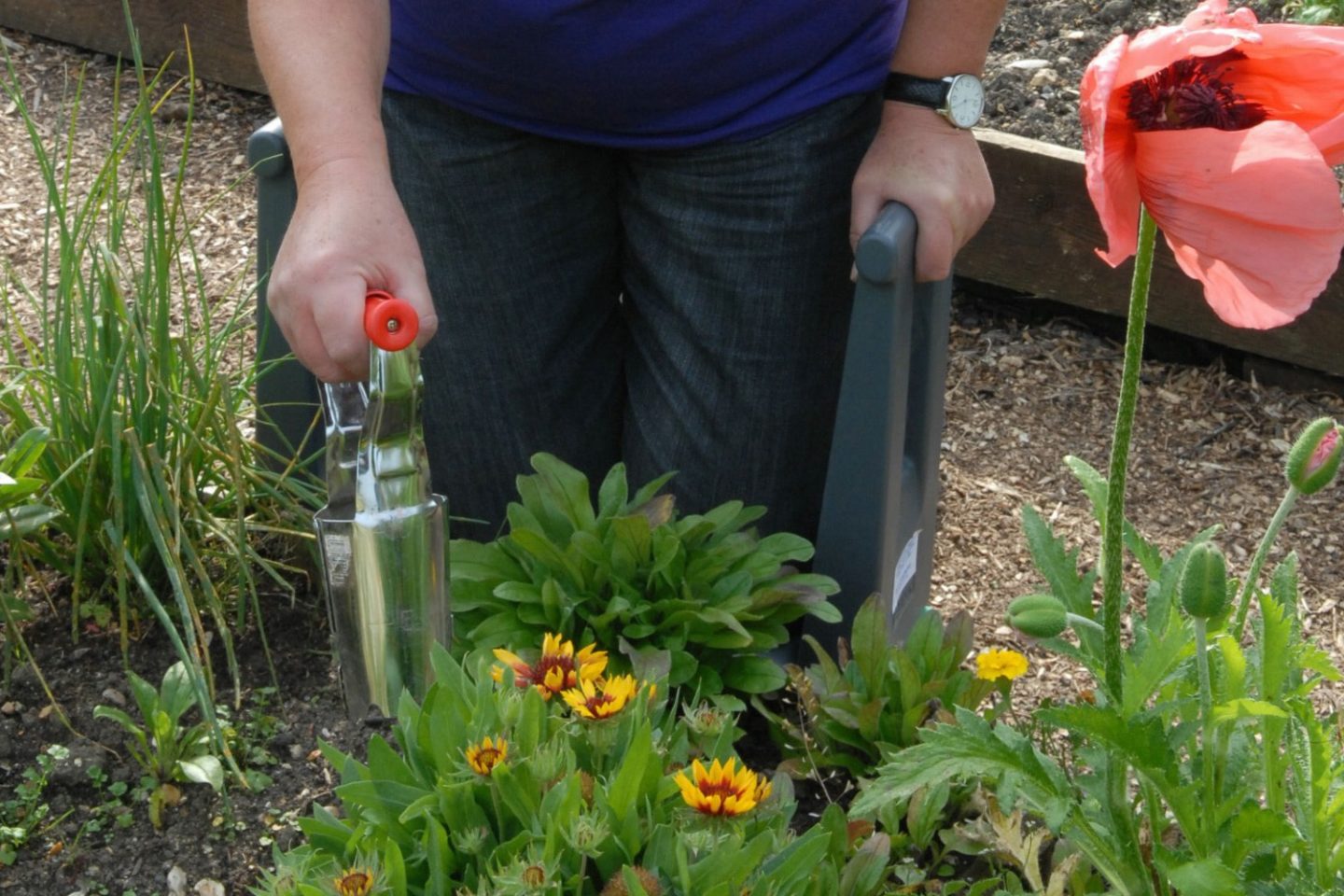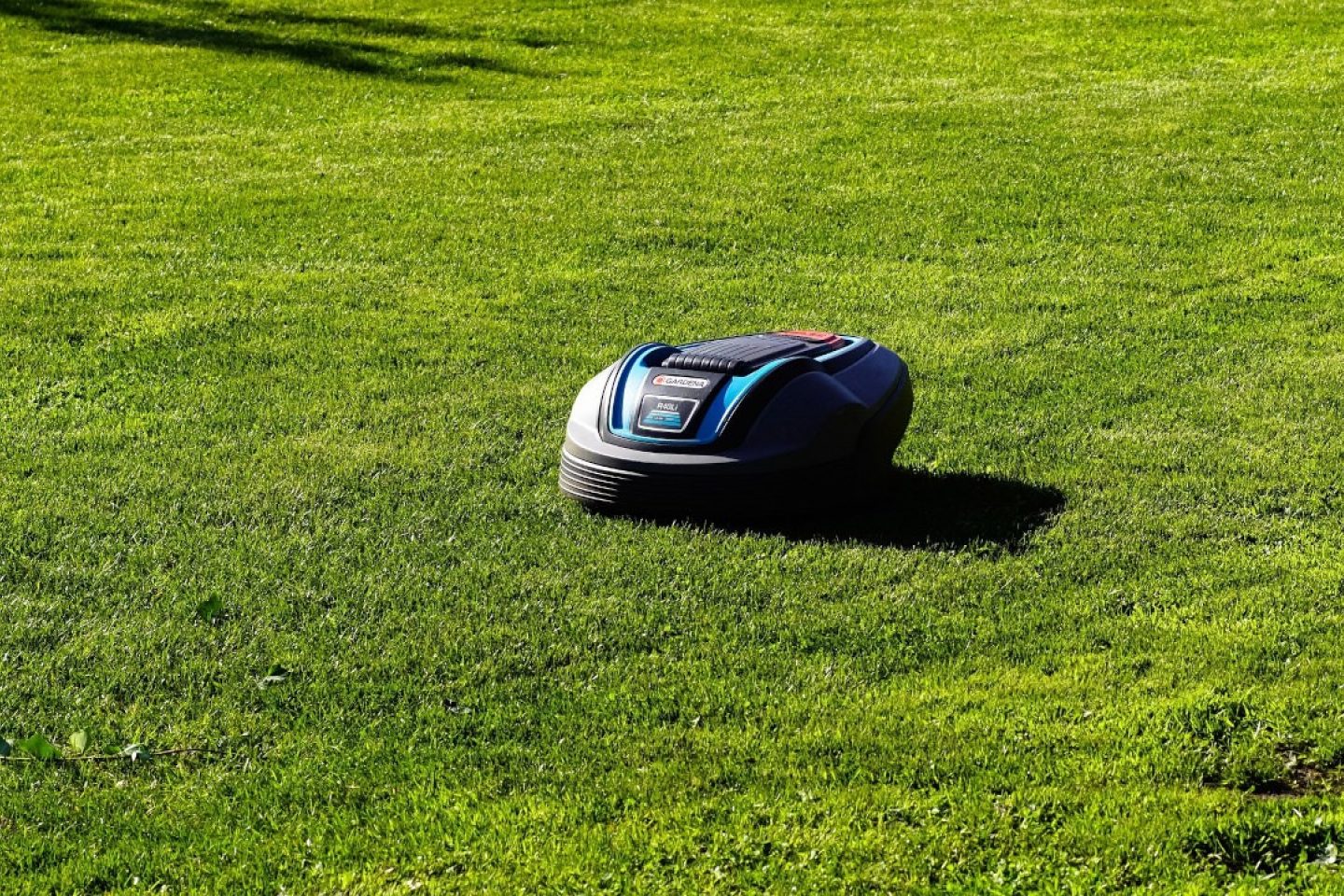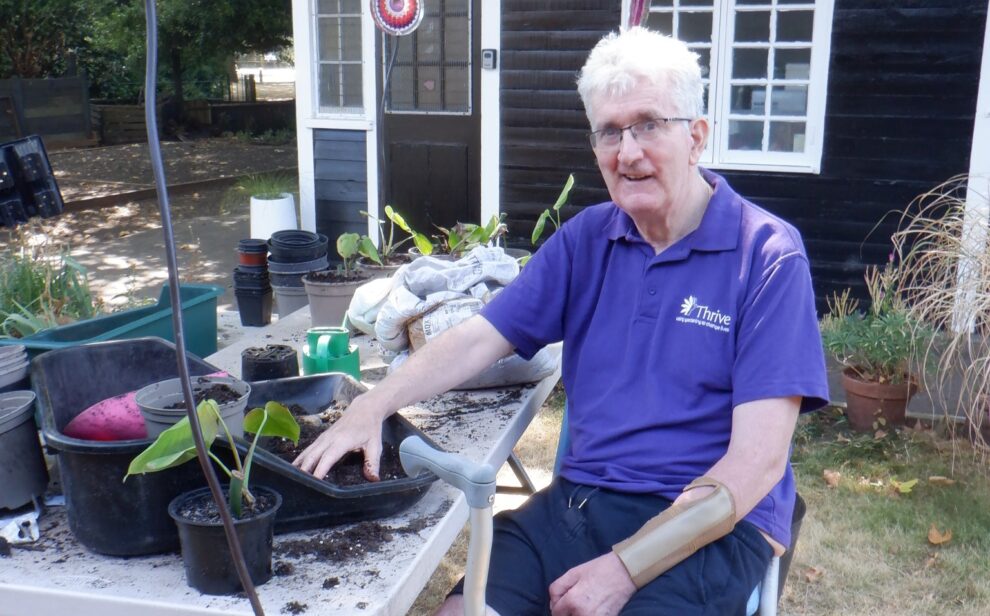Your tips
"I have limited mobility following a left sided stroke 15 years ago and I walk with the aid of a stick. Consequently I garden a lot using a gardening stool and relatively lightweight hand tools some with longer handles to help with reach."
- Evelyn, Gardening Club member









